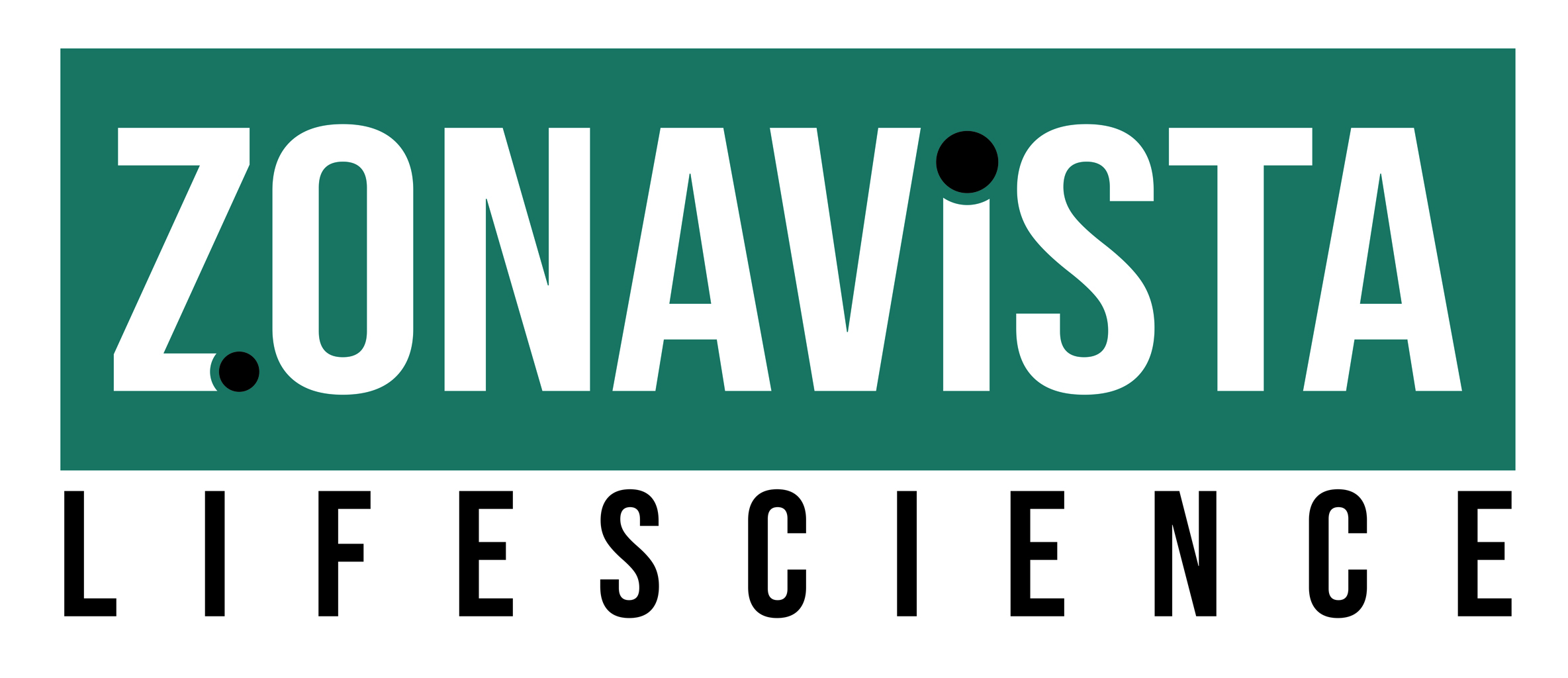The pharmaceutical assiduity is witnessing a significant metamorphosis, driven by advancements in technology, shifting consumer prospects, and the assignments learned from the global epidemic. In 2023, innovative results are reshaping the pharmaceutical force chain, enhancing effectiveness, translucency, and adaptability. Let’s explore some of the most poignant inventions that are revolutionizing the way medicinals are manufactured, distributed, and delivered.
Blockchain Technology
Blockchain is making swells in the pharmaceutical force chain by enhancing traceability and security. This decentralized tally technology allows for secure and transparent shadowing of medicines from manufacturers to end- druggies. By furnishing real- time data on the origin and trip of each product, blockchain helps to combat fake medicines, insure compliance with regulations, and make trust among stakeholders.
For illustration, companies are now using blockchain to corroborate the authenticity of specifics before they reach apothecaries, significantly reducing the threat of fake products entering the request.
Artificial Intelligence and Machine Learning
AI and machine literacy are getting necessary tools for optimizing force chain operations. These technologies can dissect vast quantities of data to read demand, optimize force situations, and streamline product processes.
In 2023, numerous pharmaceutical companies are enforcing AI- driven prophetic analytics to more anticipate oscillations in demand. This not only helps in reducing destruction but also ensures that essential drugs are available when demanded, particularly in times of extremity.
Internet of effects( IoT)
The Internet of effects( IoT) is enhancing visibility throughout the force chain. With IoT bias, companies can cover the conditions of medicines during transportation, icing they remain within needed temperature ranges and are stored duly.
Smart detectors and bias give real- time data on moisture, temperature, and position, allowing for quick intervention if any issues arise. This position of monitoring is particularly critical for sensitive biologics and vaccines that bear strict handling protocols.
robotization and Robotics
robotization is streamlining colorful aspects of the pharmaceutical force chain, from manufacturing to distribution. Robotics is decreasingly used in storages for picking, packing, and shipping, significantly reducing labor costs and adding effectiveness.
In 2023, automated guided vehicles( AGVs) are helping to transport products within manufacturing installations, while robotic arms are handling complex assembly tasks. This robotization not only speeds up operations but also minimizes the threat of mortal error, enhancing overall product quality.
force Chain Adaptability and Diversification
The COVID- 19 epidemic stressed vulnerabilities in global force chains, egging pharmaceutical companies to borrow more flexible strategies. In 2023, companies are diversifying their supplier base and investing in original manufacturing capabilities to reduce reliance on single sources or regions.
This shift not only enhances force chain adaptability but also allows for faster response times to original request demands. Companies are also exploring nearshoring options to bring product closer to crucial requests, further strengthening their force chains.
Sustainable Practices
Sustainability is getting a precedence in the pharmaceutical force chain. In 2023, companies are enforcingeco-friendly practices, similar as reducing packaging waste, optimizing transportation routes to lower carbon emigrations, and investing in renewable energy sources for manufacturing.
These enterprise not only meet nonsupervisory conditions but also feed to the growing consumer demand for sustainable products. Pharmaceutical companies are now more focused on creating a positive environmental impact while maintaining functional effectiveness.
cooperative Platforms
Collaboration among stakeholders is pivotal for an effective force chain. In 2023, numerous pharmaceutical companies are exercising cooperative platforms that allow for flawless communication and data sharing among manufacturers, suppliers, distributors, and healthcare providers.
These platforms enable better collaboration, reduce lead times, and enhance overall force chain dexterity. By fostering collaboration, companies can respond more effectively to changes in demand and request conditions.
Conclusion
The pharmaceutical force chain is evolving fleetly in 2023, driven by inventions that enhance effectiveness, translucency, and adaptability. From blockchain technology to AI and robotization, these advancements are n’t only perfecting functional performance but also icing that cases have access to the drugs they need.
As the assiduity continues to acclimatize to changing request dynamics and consumer prospects, embracing these inventions will be pivotal for pharmaceutical companies looking to thrive in a competitive geography. By using technology and fostering collaboration, the pharmaceutical force chain can crop stronger and further able of meeting the challenges of hereafter.

